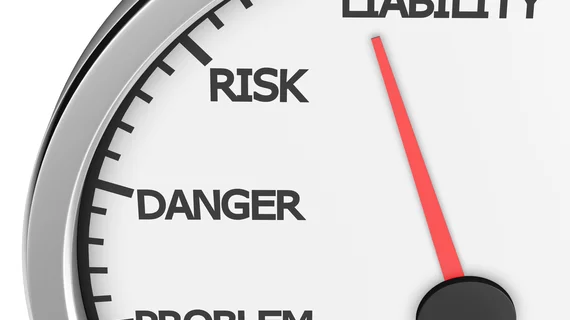People diagnosed with type 2 diabetes at 40 or younger were about twice as likely to die over 5.6 years of follow-up compared to age-matched controls, according to a registry study from Sweden. But the relationship weakened substantially as the age of onset progressed, such that patients diagnosed in their 80s carried no excess mortality risk.
“Treatment target recommendations with regard to the risk factor control may need to be more aggressive in people developing diabetes mellitus at younger ages,” lead author Naveed Sattar, PhD, with the Institute of Cardiovascular and Medical Sciences at the University of Glasgow, and colleagues wrote in Circulation.
“Many elderly patients with newly diagnosed T2DM (type 2 diabetes mellitus) but without cardiovascular disease may not require aggressive management of their diabetes mellitus, so that reassessment of treatment goals in elderly patients might be useful.”
The authors identified 318,083 patients with type 2 diabetes who were registered in the Swedish National Diabetes Registry between 1998 and 2012. They then matched those patients to nearly 1.6 million people from the general population based on age, sex and county of residence, and tracked outcomes for a median follow-up period of 5.63 years.
Sattar et al. found patients diagnosed with T2DM at 40 or younger carried the largest excess risk compared to the control group for most of the outcomes studied. They were:
- 2.05 times more likely to die, with adjusted hazard ratios of 2.72 for cardiovascular mortality and 1.95 for noncardiovascular mortality.
- 4.77 times more likely to experience heart failure.
- 4.33 times more likely to have coronary heart disease.
- 3.41 times more likely to have a heart attack.
- 3.58 times more likely to suffer a stroke.
- 1.95 times more likely to experience atrial fibrillation.
In addition, diagnosis at younger ages was associated with a greater loss in life expectancy compared to later-onset diabetes.
Individuals with earlier onset T2DM tended to have higher body mass indexes than those with later onset, which could be one explanation for the excess risk observed in the younger group, the authors noted. They also appeared more likely to smoke or have lower socioeconomic status—other key risk factors for cardiovascular disease.
Sattar et al. pointed out the registry came from a single country with a largely white population, so the findings require confirmation in more diverse groups. Nevertheless, the extent to which age at diagnosis was tied to diabetes-related outcomes could have clinical and policy implications.
“This finding needs to be replicated in other high-income countries, and, if confirmed, suggests that an upper age threshold of ≈80 years or so for diabetes mellitus could be helpful in diabetes mellitus-screening programs to enable better targeting of individuals with younger-onset diabetes mellitus (or prediabetes) who have much more to lose in terms of CVD risks and years of life,” the researchers wrote.

